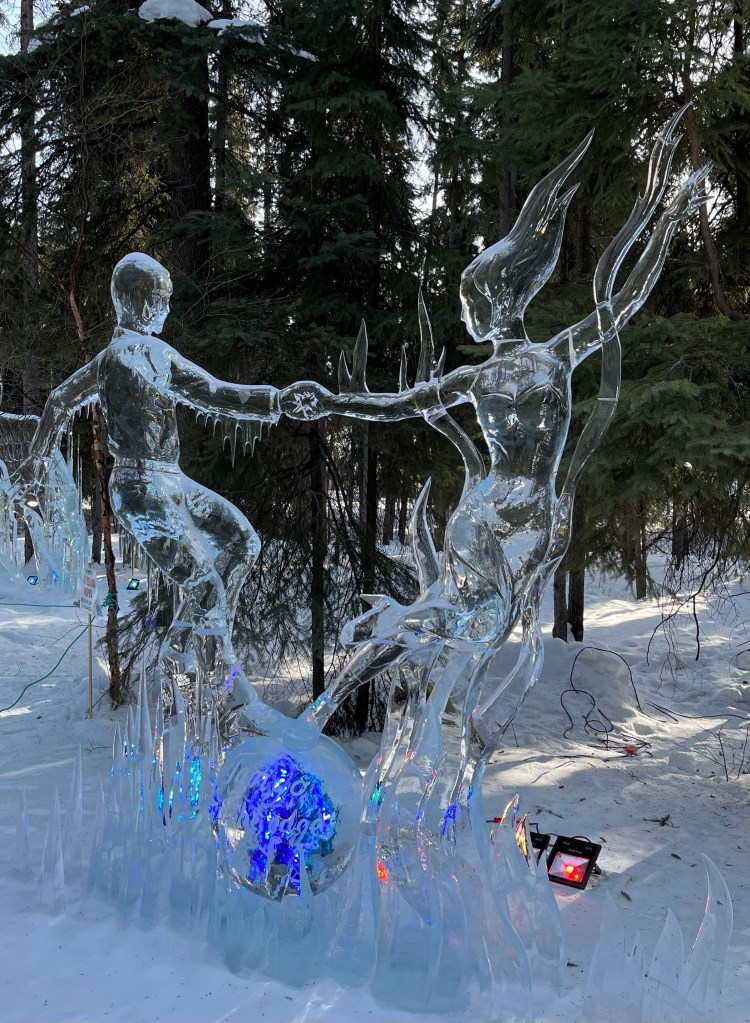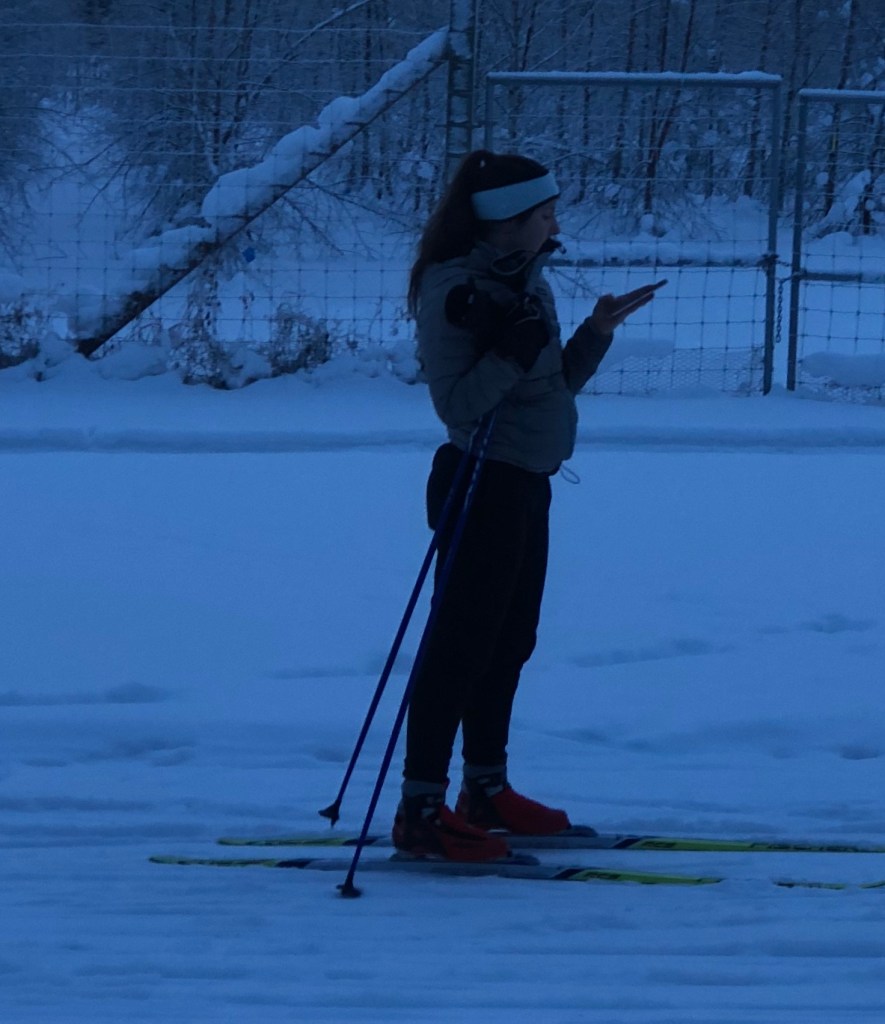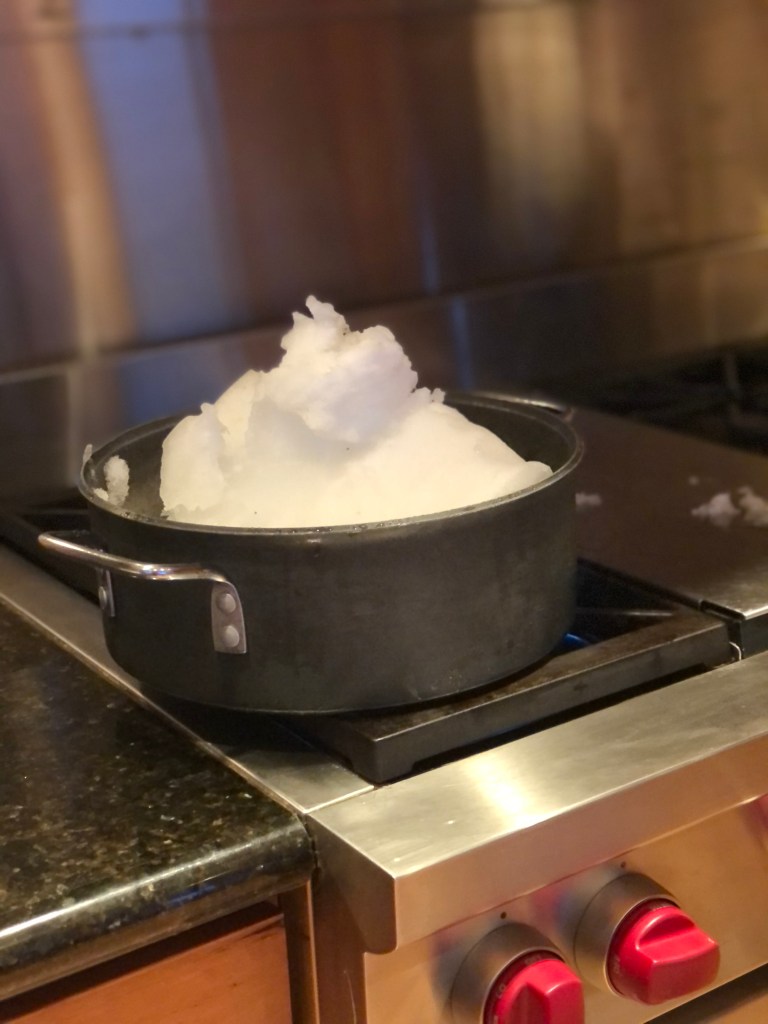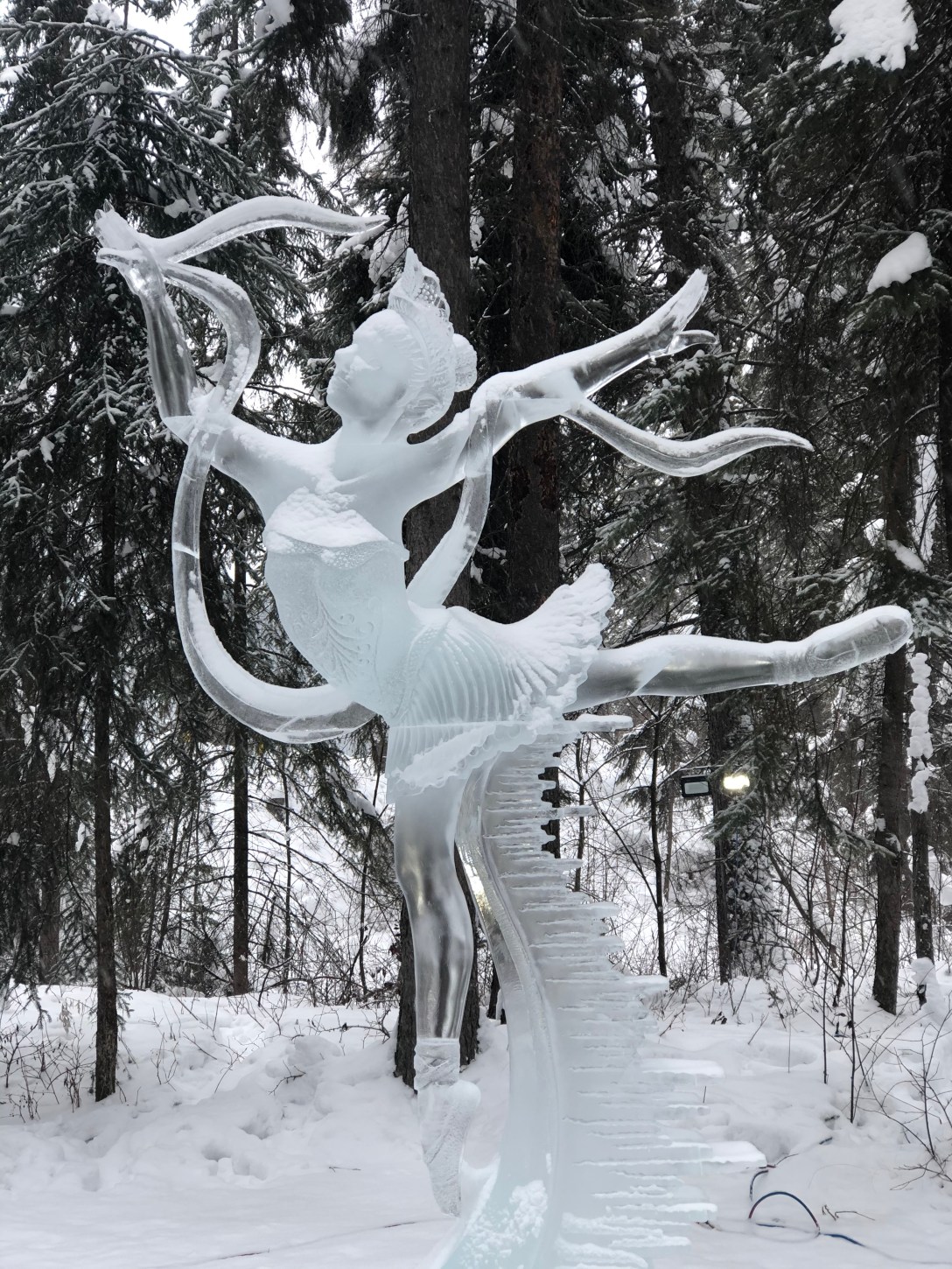The light returns to the frozen North in March. The winter in interior Alaska stretched long and dark. Even now, there are no signs of pussy willows clinging to stark branches. The riverbanks have not re-emerged from beneath their crusty snow layer. At Creamer’s Field, Canada geese and trumpeter swans, generally the first to arrive, have yet to be spotted. But the light has shifted, angling between the black spruce and birches. Even though there is still the crunch of snow underfoot, we lean into the promise of a gentle force slowly persuading winter to surrender.

The town has stirred out of its winter hibernation. Its inhabitants embrace the warmer weather and the possibilities that spring offers. At Summit Lake, snowmachiners glide through the snowy hills, celebrating the vastness around them. In Nenana, a betting game is underway that has people eagerly casting their votes as to when the ice will break and trip a tripod on the Tanana River. Dogs and mushers in the Iditarod sled dog race take on the challenge of jumbled river ice, mountain slopes and a thousand miles to Nome. In Fairbanks, ice carvers hone their skills and display ice sculptures. In an outdoor studio of subzero temperatures, they glisten until the thaw claims their ethereal nature.

It is a time of transience. Before long it will be time to put away the snowmachines. The ice will go out on the river, causing great boulders to crash against each other with terrific noise in their break-up. The sled dogs and their handlers will claim their victories. The dancers, temporarily frozen in their tango, will slowly melt into each other’s embrace.

Soon my daughter Helen will come home from college for spring break, even if it means trading daffodils in Ohio for the snow-covered landscape of Alaska. The days are breaking earlier and lasting longer, I promise her. We might go for a cross country ski on wooded trails like we did when she was growing up. She tells me about chemistry lab and discussions in her ethics class. I swallow a thickness in my throat. She is already halfway through her college studies. I want to slow down the hourglass, to be present for the season, even in its fleetingness.

In March the northern lights often present themselves. I look out for them, knowing that in summer months ahead the midnight sun will no longer allow me to see them. I linger outdoors for some time and watch them shimmer and undulate in the night sky. In hues of green and violet and red, they sometimes look as though they are deceptively close. I am captivated by the myths and tales that have been associated with them by different peoples throughout the centuries. I contemplate the physics of the aurora borealis and wonder how electrically charged particles from the sun entering the upper atmosphere can look so exquisite. Most of all, I feel privileged to have obtained another glimpse of them before they are gone again.
The winter, relinquishing, is whispering to us its final song.












